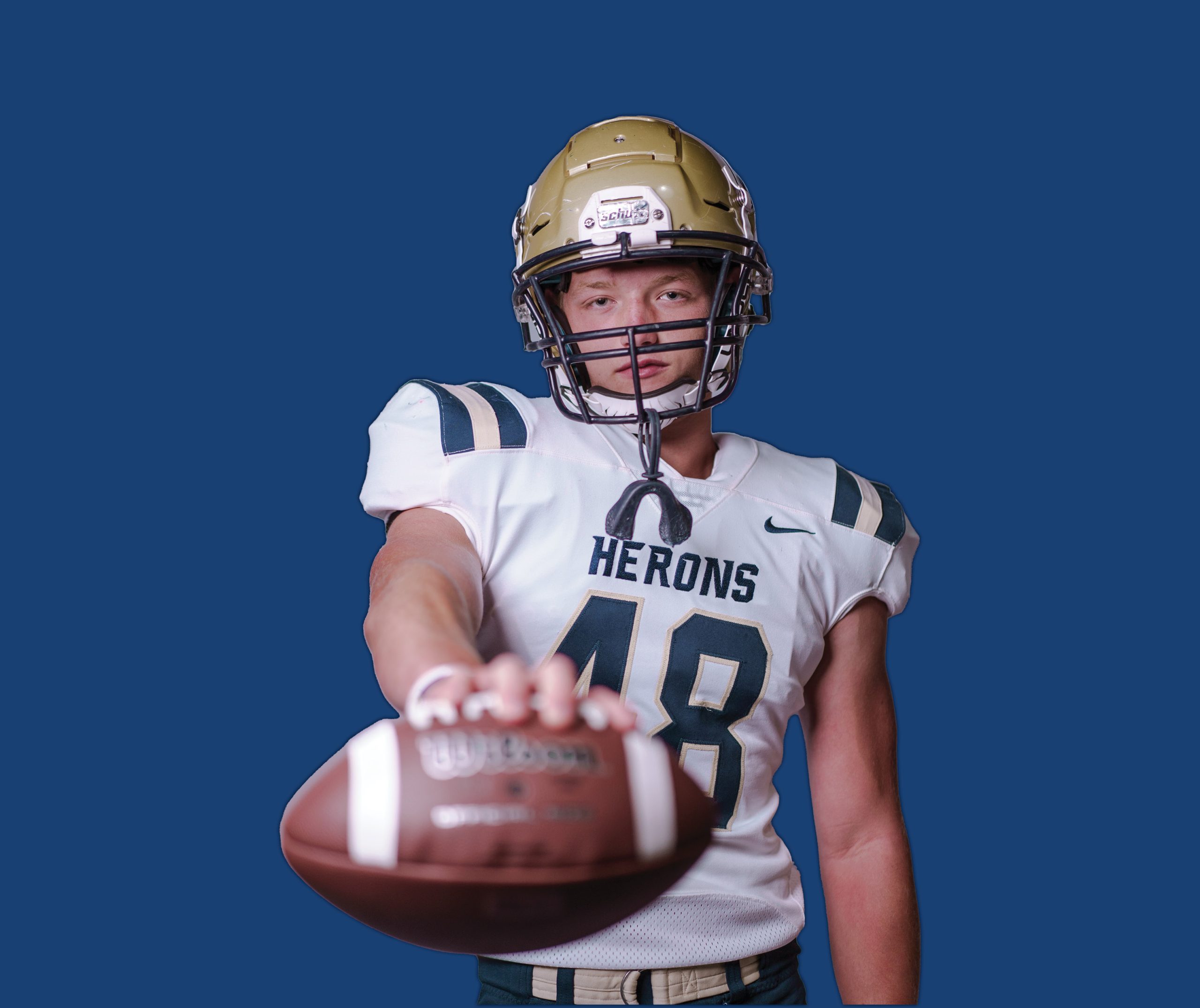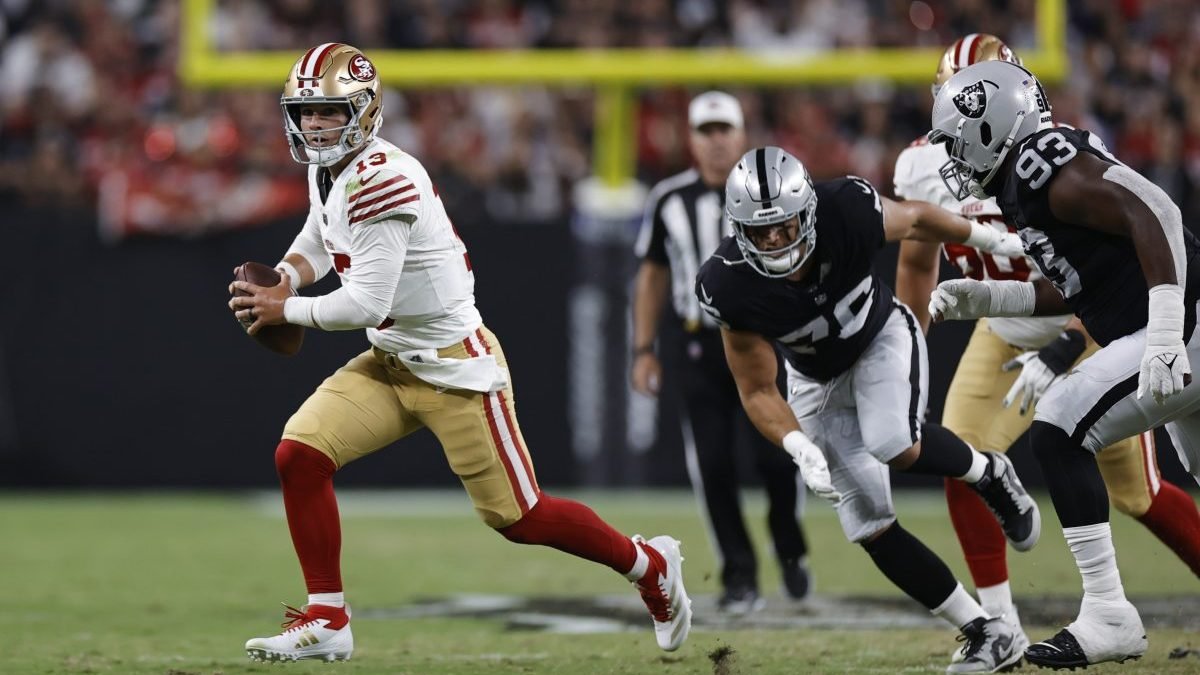
By James Biggam | Times Argus staff writer
The Vermont Principals’ Association unveiled tentative fall championship sites last week in addition to announcing that there will be a slightly shortened spring schedule and changes to the state’s out-of-season coaching policy.
Other noteworthy tidbits from the VPA’s annual Media Day on Thursday included the return of eighth-graders to varsity field hockey, reports of minor improvements with fan behavior, and the continued green light
for transgender athletes to compete in girls sports despite an active lawsuit against the VPA filed by Mid-Vermont Christian.
With 72 member high schools, the VPA also addressed a glaring gender disparity with athletic directors and a startlingly high turnover rate for that position. According to VPA Senior Executive Director Jay Nichols, the average job tenure for Vermont ADs, principals and superintendents is
roughly three years. For the second straight year, there will be 11 high schools with new athletic directors, and over the past four years there have been over 45 instances of high schools welcoming a new AD.
There are currently nine women who account for about 13% of the state’s varsity AD jobs. BFA – Fairfax’s Geri Witalec-Krupa is one of Vermont’s longest-standing female ADs and is joined by Arlington’s Kathi Bierwirth, CVU’s Renee Breault, Leland & Gray’s Tammy Claussen, Long Trail’s Steph Moberg, Peoples Academy’s Gabby Picard, Proctor’s Makenzi Bellando, Thetford’s Bri Barnes and White River’s Amy Parker.
Field hockey allows 8th graders
For the second straight year, eighth-graders can play varsity field hockey, helping to bolster some programs that have struggled with numbers. Eighth-graders are also allowed to compete on varsity for the core sports in soccer, basketball, baseball and softball if there is no JV program. One head-turning example was last winter when four eighth-graders were on the varsity roster for a Peoples Academy girls basketball squad that advanced to the Barre Aud.
Springfield field hockey will not have a team for the first time since the sport kicked off in Vermont during the early 1970s. The Division III Cosmos went a combined 0-55-1 over the past four seasons and suffered three double-digit losses last fall.
VPA Executive Director of Activities and Athletics Dr. Lauren Young said there is a chance field hockey could be consolidated to two divisions during the upcoming years if participation rates don’t improve. The past spring marked the end of D-III boys lacrosse, which had six teams in the postseason tournament. The nine teams currently in D-III field hockey are Missisquoi, Milton, Harwood, Mt. Abraham, Woodstock, Fair Haven, Stowe, defending runner-up Montpelier, and reigning champ Windsor.
Spring sports season shortened
The spring sports schedule will be reduced from 16 to 14 games for baseball and softball after decades of teams attempting to cram in late-season contests prior to playoffs. This year, snow across much of the state in late April created a logjam a month later when programs were scrambling to pencil in make-up dates.
“It’s not good for anyone,” Young said.
A major logistical problem contributing to issues with a 16-game schedule stemmed from the fact that there are separate weeks of spring break for Southern Vermont, Central Vermont and Northern Vermont. Due to scheduling limitations related to weather and field conditions, Southern Vermont League Executive Director Tim Brown reported that 70% of SVL schools did not complete 16 games this past spring.
The perpetual race to play impromptu doubleheaders in late May could be eased a bit by dropping two games from each team’s slate. The two-year policy change could also help reduce conflicts with transportation, and the VPA will collect data in order to make informed decisions about the volume of spring games in the future.
Coaching policy changes
Some guardrails are being removed for varsity coaches who want to train their athletes during months outside of the competitive season. An athlete’s in-season sport must still take precedence if they are juggling multiple activities, and no out-of-season athletic event can be mandatory or impact team selection or playing time for the regular season.
The explosion of year-round club teams has taken a toll on varsity turnouts at some schools, with many instances of athletes being forced to choose one or the other. The VPA still requires high schoolers to participate in 60% of games in order to compete in the playoffs, although there are exceptions for injuries and other extenuating circumstances.
Young described the previous set of rules limiting out-of-season coaching as a “non-enforceable policy” because it was extremely difficult for the VPA to monitor potential violations. The preliminary change allows for more skills-and-drills instruction in open gyms and will last for a year or two in a trial format.
While the summer months were already fair game for out-of-season coaching, now a soccer coach could potentially work with a student-athlete in both the winter and spring after the fall tournament ends.
The relaxed coaching restrictions in the summer allow for organized team activities, but there are some different rules during the academic year. For instance, no school uniforms, logos or branding can be used. In addition, school transportation cannot be provided, there can be no formal rosters, no scrimmages are permitted for contact sports – and there also can be no contact drills.
The VPA will allow out-of-season coaches to provide instruction to students enrolled at their school if activities are open to all eligible athletes and approved by the ADs, who are responsible for monitoring the activities. Multi-sport participation must be actively encouraged and no coach may pressure or incentivize sport specialization.
1







































































